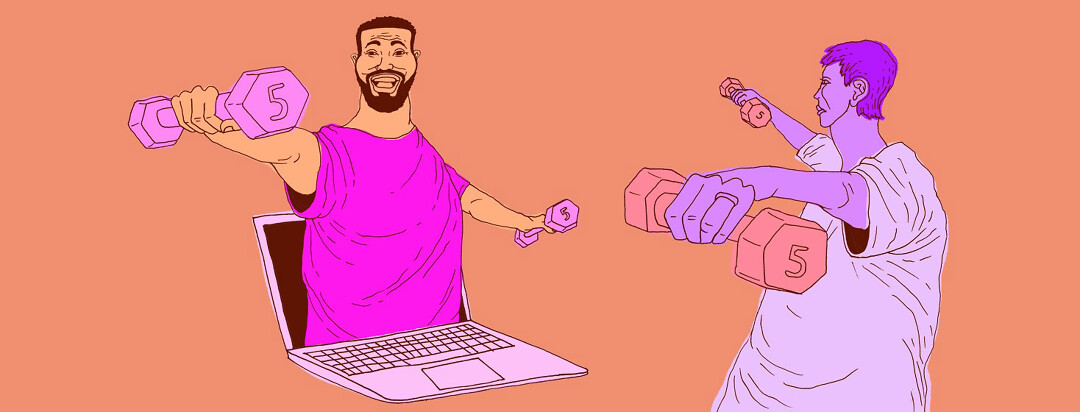Respiratory Rehab Lessons Learned
This is my 2nd kick at the cat. I first attended respiratory rehabilitation upon my initial diagnosis 5 years ago. I was the last of the ‘in-patients.’ I stayed in the hospital all week and went home on weekends. My 2nd kick at the cat was taught through Zoom. Five years makes a huge difference.
Opportunities
The 1st turn was new and a little scary, but it was the first time anyone said, “We are going to empower you to take care of yourself.” I rather liked the idea of giving it a try. I was there for 16 weeks and I learned to exercise and keep moving.
My 2nd turn came during the pandemic. I asked my doctor in 2019 to recommend me for rehab. He thought it was a great idea and signed me up. In mid-March, as we were about to begin, the world closed. It was a great opportunity to go virtual and I jumped aboard. I have been attending for 10 months and this time I learned to breathe.
Structure
Respiratory rehab is a self-management, evidence-based program that usually follows the basic structure of exercise twice per week and COPD education once a week. Each class is about an hour long and is usually led by a (PT) Physio Therapist, under the direction of a Pulmonary Specialist.
Recording
They record lots of information by tracking, journaling, and monitoring the triggers to your symptoms during exertion and rest. They use charts, surveys, written comments, and observation as further evidence of your progress. As they study the results and gain knowledge about you, your program may be modified to optimize your benefit. The information they gather is evidence of the ups and downs of your progress.
Pulse oximeters
The physical therapists use a pulse oximeter often, tracking your oxygen saturation levels and your heart rate. They encourage you to get comfortable by using your own oximeter and using it often. When dyspnea occurs, you will have evidence of how low your 02 is. Then they will introduce an action plan to help you recover. Taking the format to a video platform was easier than anyone thought, and it had its advantages.
Zoom
We already had the technology at our fingertips, the biggest problem was getting people on board to give it a try. The ones that were brave enough to try it found it was easier than they thought and adapted well.
The advantage for me was not having to go out 3x a week and stay safely away from colds, flu, and viruses. I was comfortable and relaxed in my own environment. Admittedly, we all have had our ups and downs with it but overall, I am not afraid of technology.
Lessons learned
Some of the many lessons I learned include:
- To lower my shoulders and ease the stress I hold there, opening my lungs to deeper breathing.
- The power of my own breath by abdominal breathing and pursed-lip breathing. With practice, this will become my ‘go-to’ when I get short of breathe.
- Slowing down using mindfulness to practice pacing. Going slow and taking the time to recover from shortness of breath before proceeding. This is practicing self-care for your heart and lungs.
- Meditation and mindfulness.
- About having fun, playing a game, reading a good book, singing a tune, and using the good linens and the bone china. People are living longer fuller lives with COPD.
Despite the program similarities, the very essence of the program’s success is often determined by those that lead it and those that belong to it. However, if you have a true desire to succeed and can-do attitude, it helps you see the benefits of exercise and controlled breathing. As I get older and become more relaxed with my COPD, I am willing to learn more and more. On my second kick at the cat, I learned to breathe.
Editor’s Note: We are extremely saddened to say that on January 7th, 2024, Barbara Moore passed away. Barbara’s advocacy efforts and writing continue to reach many. She will be deeply missed.

Join the conversation